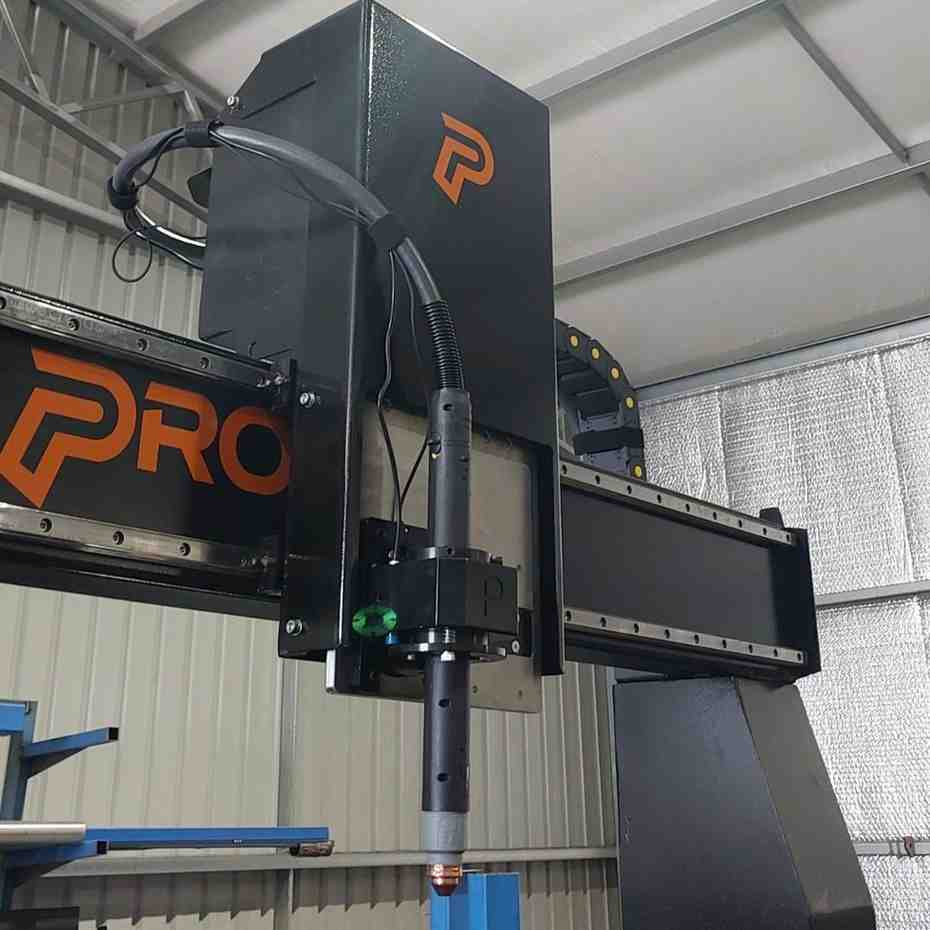


Choosing the right CNC plasma cutter is crucial for improving your business’s cutting precision, efficiency, and productivity.
In the current competitive world of manufacturing and fabrication businesses, having the proper equipment can make or destroy your business. CNC plasma cutters have become necessary equipment for cutting metal efficiently with speed and accuracy. But in a world where there are too many products available, how do you select the proper CNC plasma cutter for your company’s requirements? Whether you run a small workshop or a large fabrication unit, making the right choice requires understanding the machine’s capabilities, your operational requirements, and long-term benefits. Here’s a detailed guide to help you make an informed decision.
The first step in selecting a CNC plasma cutter is to assess your specific business needs. Ask yourself:
For example, if your company works with heavy steel fabrication, you’ll need a powerful machine that can handle cutting thick steel plates. For signage or decorative metal work, however, fine detail and precision are more important than cutting through dense material.
Cutting capacity is the maximum material and thickness that the machine can cut. Plasma cutters are available in varying power ranges, usually specified in amps.
Always select a machine that suits your current cutting needs, with some leaves for further growth.
The table size dictates the largest sheet size that can be worked on. Typical table sizes include 4×4 feet, 5×10 feet, and more. If you are working with large metal sheets, an increased table size will enhance productivity and save time handling the material. For small workshops that have limited space, a smaller table size may be more convenient.
Advanced CNC plasma cutters feature additional capabilities that enhance productivity and simplify machine operation. Some such features you may look for are:
While advanced features incur additional upfront costs, they result in improved efficiency, reduced waste, and higher-quality products.
A CNC plasma cutter is a capital expense, and durability is critical. Inspect machines constructed from heavy-duty materials with robust bodies and durable components. Industrial-grade machines are designed to last longer and withstand more strain when used continuously. Read customer reviews, brand image, and warranty conditions before purchase.
CNC plasma cutters range dramatically in price, from entry-level machines that are very inexpensive to professional industrial solutions that cost an arm and a leg. Although the cost is significant, do not sacrifice quality or required features to save money upfront. Take into account the overall cost of ownership, including:
Buying a sturdy, effective machine may cost more upfront, but it will pay for itself and save you headaches in the long run.
Select a supplier or manufacturer with good after-sales support, such as:
Good support guarantees minimal downtime and facilitates your team to run the machine effectively.
Selecting the appropriate CNC plasma table cutter for your business is not all about cost; it’s about getting the proper mix of performance, capacity, functionality, and long-term value. By having a crystal-clear idea of your requirements, comparing machine specifications, and considering aspects such as reliability and support, you can invest in a Promach Australia CNC plasma cutter that enhances productivity and allows your business to expand. Take the time to research, compare models, and consult with experts before making your decision. The right machine can significantly improve your cutting quality, reduce production time, and give your business a competitive edge.
